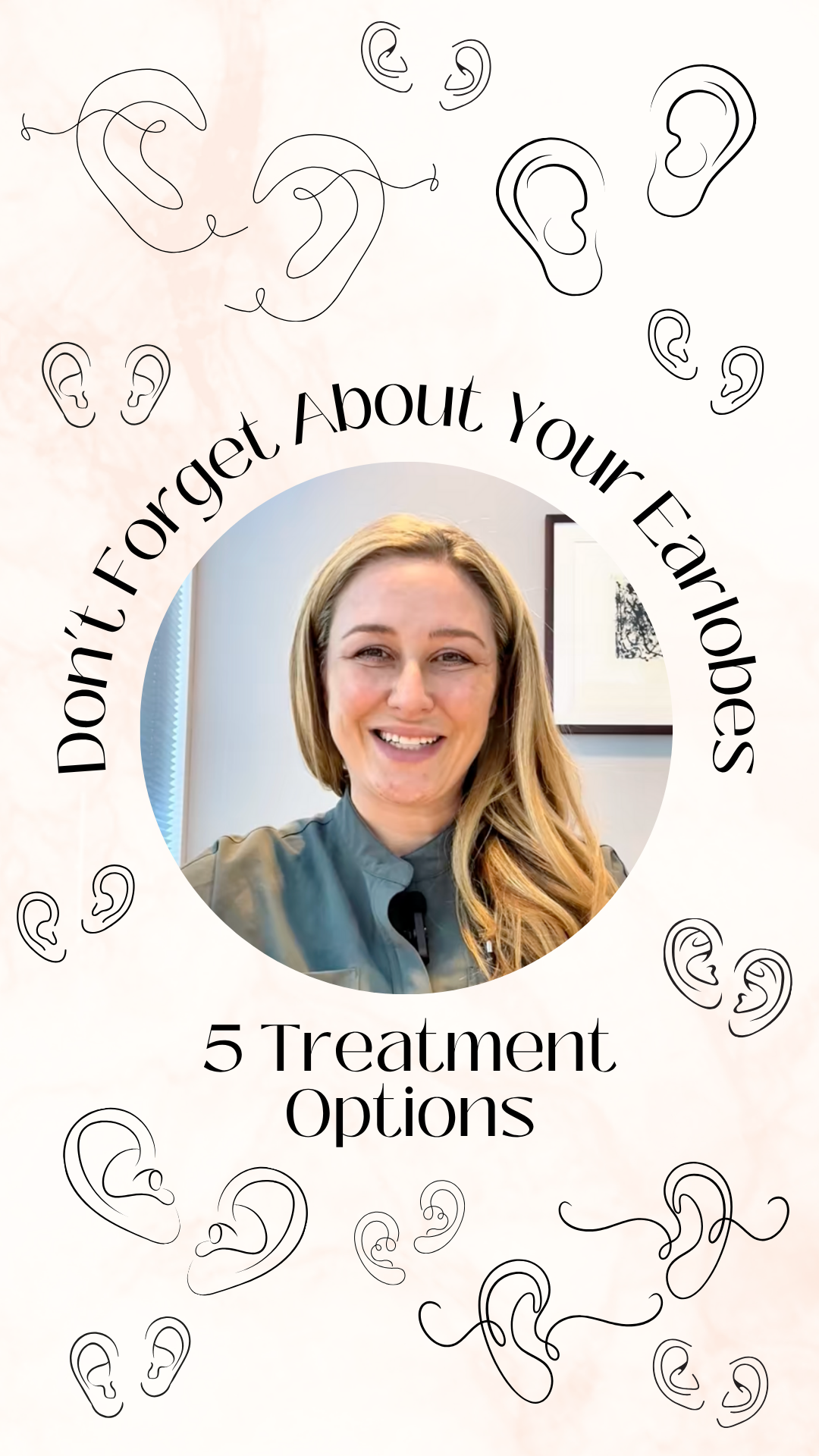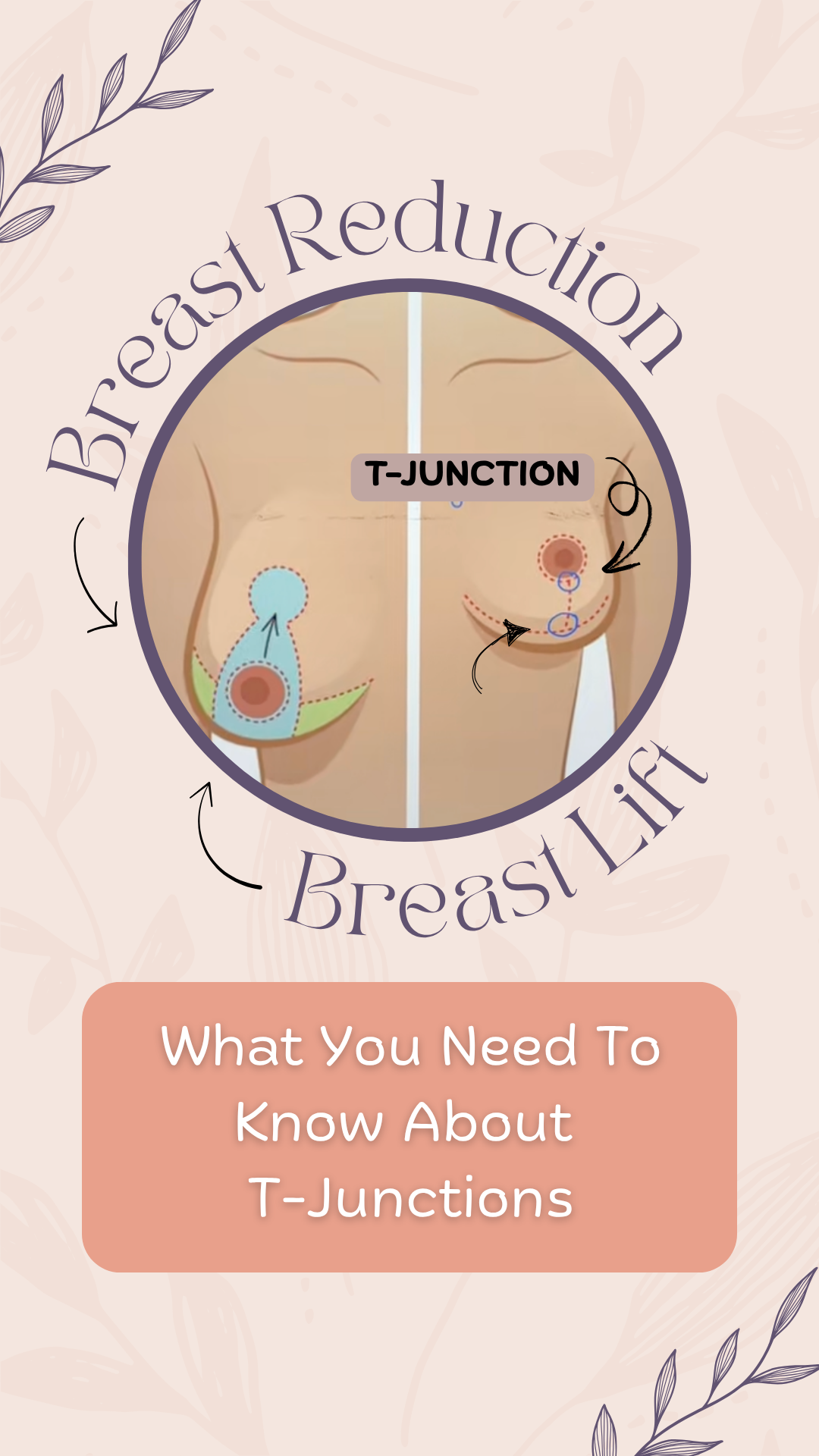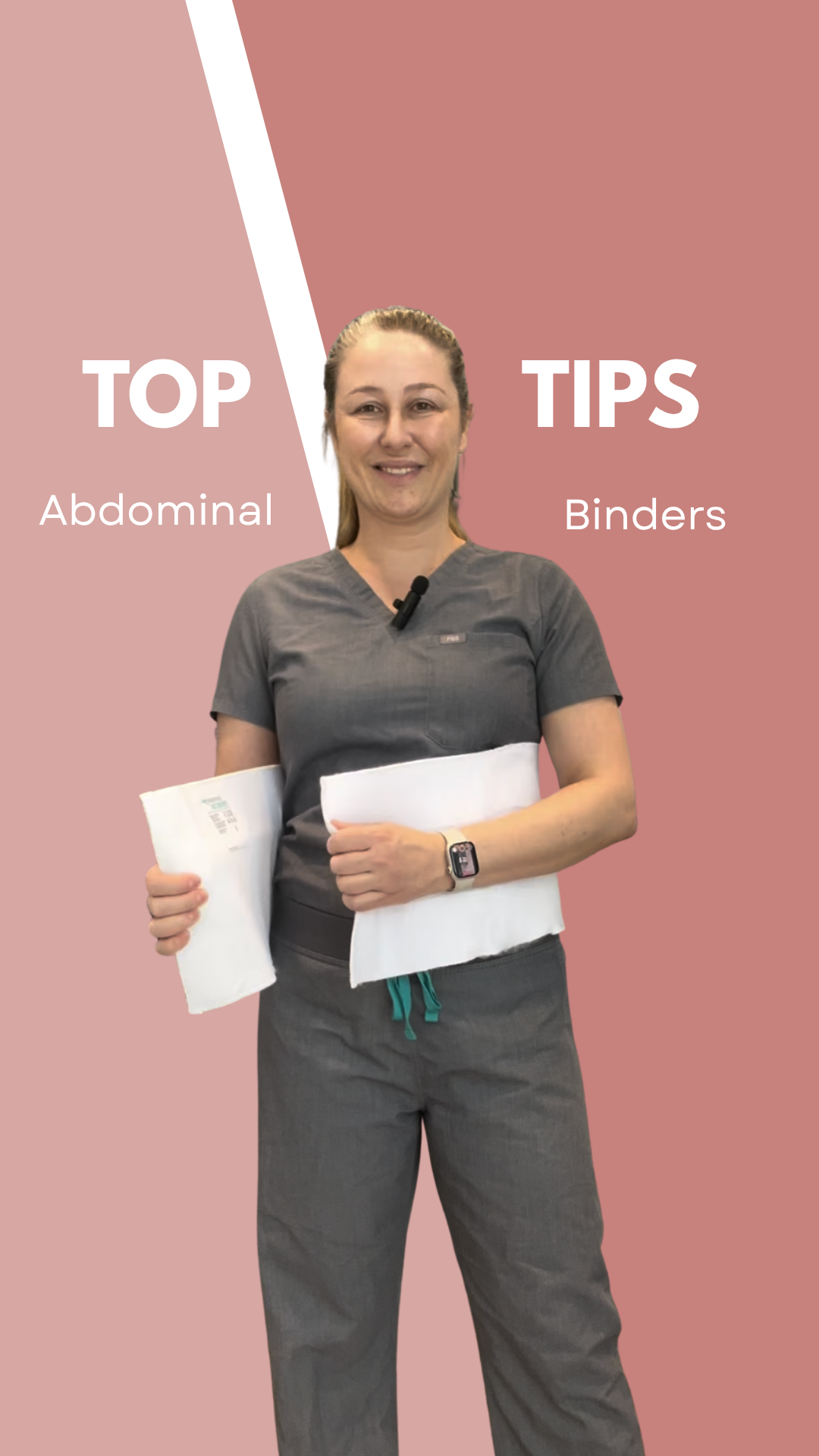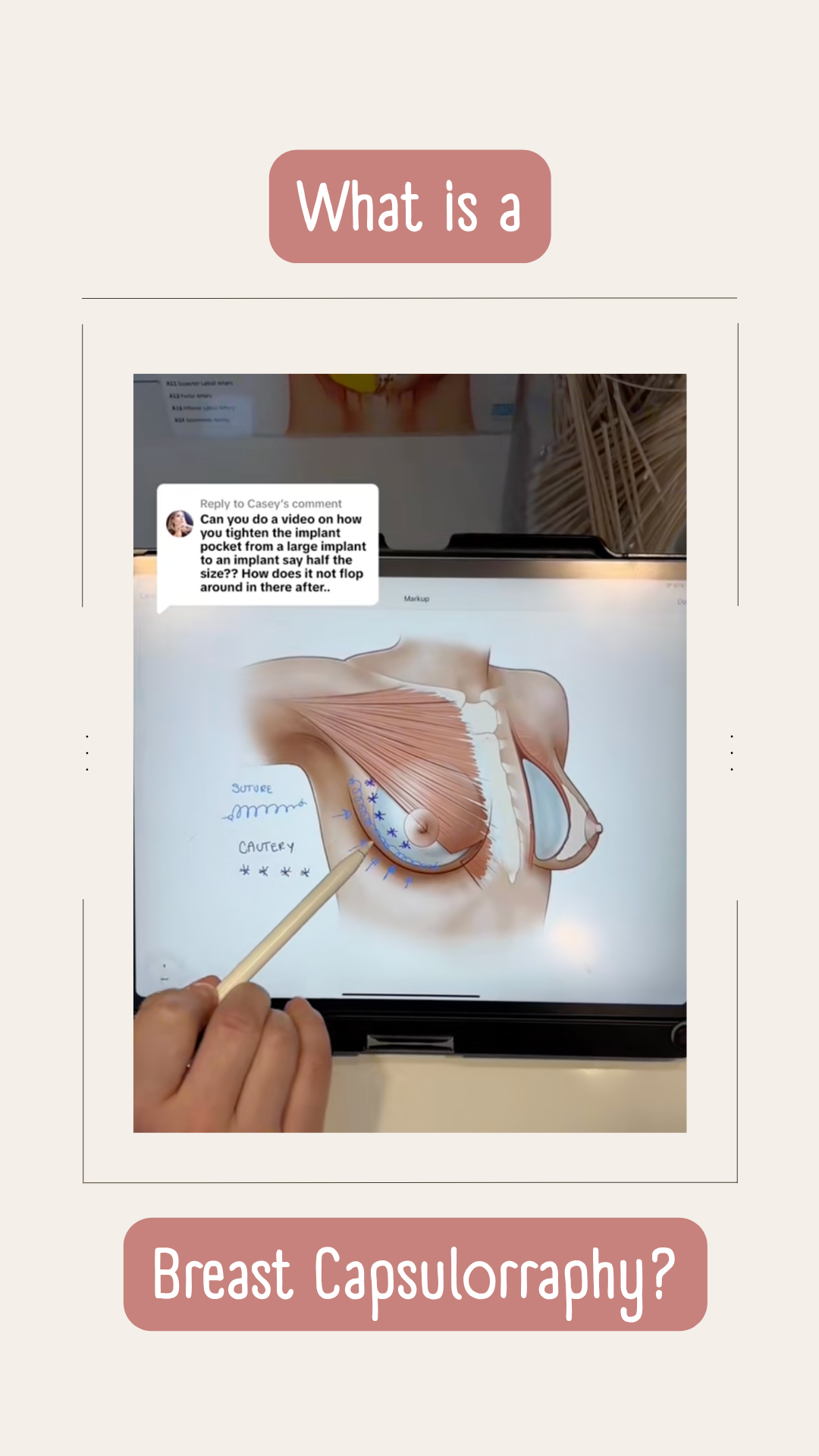Microneedling
Microneedling stimulates your skin’s natural healing response to smooth texture, reduce fine lines, and restore youthful vibrancy — all with minimal downtime.

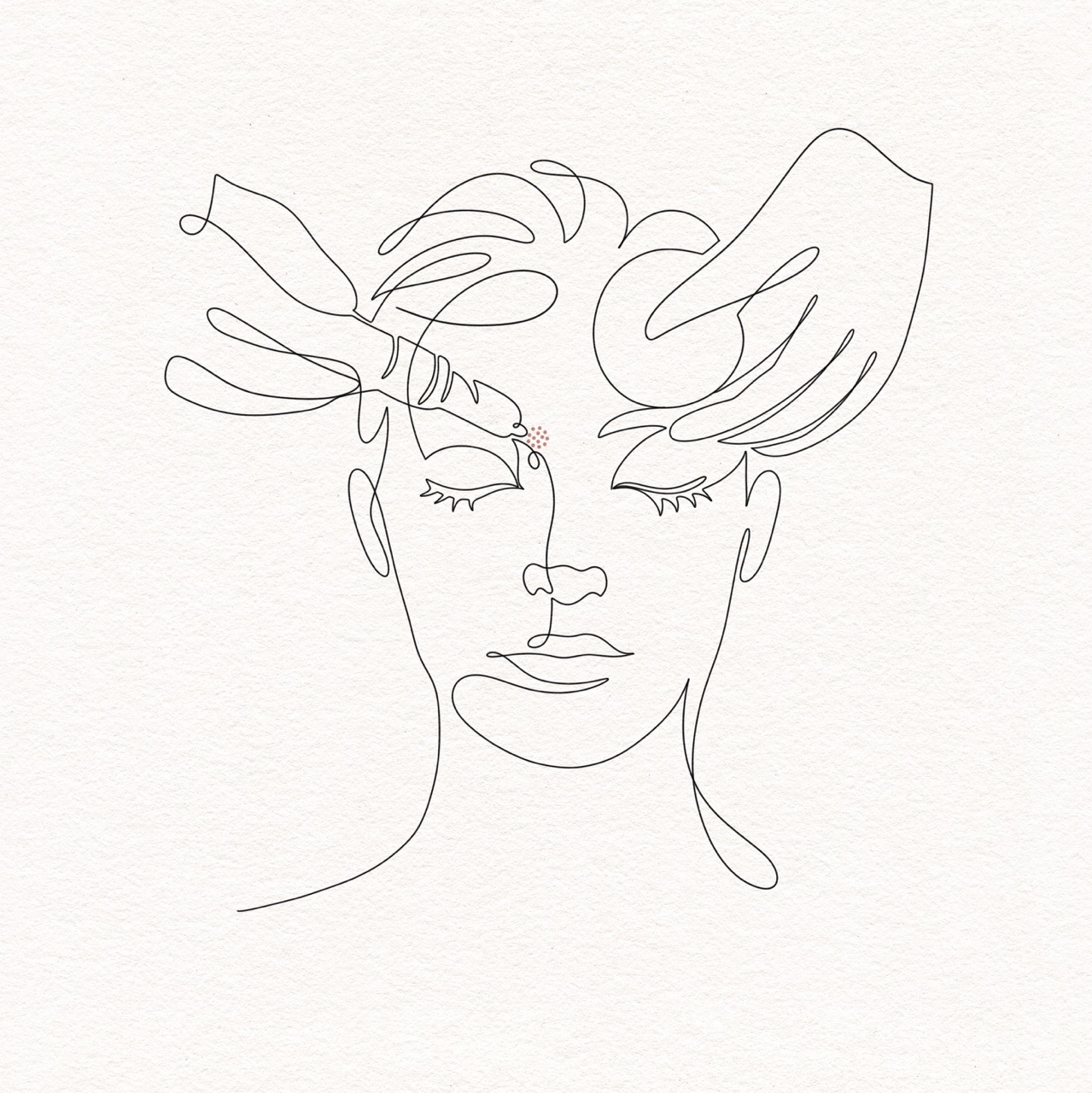
Microneedling, also called collagen induction therapy, is a non-surgical skin rejuvenation treatment that uses a specialized device with ultra-fine needles to create controlled micro-injuries in the skin’s surface. This process activates the body’s natural repair mechanism, stimulating the production of collagen and elastin, which are essential for smooth, firm, radiant skin.
Microneedling is often used as a standalone treatment or enhanced with PRP (platelet-rich plasma), growth factors, or exosomes to accelerate healing and amplify results. While those adjuncts are biologic boosters, microneedling on its own offers impressive skin-refining benefits for patients of nearly all skin types and tones. Microneedling is also used for over the scalp for hair restoration.
What you need to know
Every procedure and treatment we offer is thoughtfully designed to meet your unique goals, lifestyle, and anatomy. Below, you’ll find key details about what to expect—from how the procedure works to recovery guidance and ideal candidacy—so you can feel informed, confident, and empowered at every step of your journey.
Treatment time: 1-2 hours
Anesthesia: Topical numbing cream applied pre-treatment
Downtime: Minimal; most redness resolves within 24–72 hours followed by light skin flaking
Recommended series: 3–6 treatments spaced 4–6 weeks apart for optimal results
Maintenance: Every 3–6 months depending on your goals
Improves skin tone and texture
Reduces the appearance of fine lines and wrinkles
Minimizes enlarged pores
Softens acne scars and surgical scars
Diminishes hyperpigmentation and sun damage
Enhances skin firmness and elasticity
Safe for most skin types with minimal downtime
Microneedling is a versatile treatment suitable for many patients seeking non-invasive rejuvenation. You may be a good candidate if you:
- Have dull, uneven, or rough-textured skin
- Want to soften fine lines or acne scars
- Prefer a natural collagen-boosting treatment without injectables or lasers
- Are in good general health
- Have realistic expectations and a commitment to a series of treatments
- Are not currently pregnant or have open wounds, active skin cancer or pre-cancerous skin lesions, or a skin infection in the treatment area

"Dr. Aime is absolutely amazing! She is the absolute sweetest person and her care and compassion for her patients is truly unmatched. She truly takes her time to explain every step of the process. She was very thorough and ensured I was comfortable throughout the entire process. I love that she embraces her patient’s natural beauty while achieving each goal. I know I’m always in good hands when in Dr. Aime’s care."
“I recently underwent a submentoplasty procedure performed by the incredibly talented plastic surgeon, Dr Aimé. My decision to have submentoplasty was not taken lightly and Dr Aimé made sure to thoroughly explain the entire procedure to me during our consultation.”
Frequently Asked Questions
We’ve gathered answers to some of the most common questions our patients ask about this procedure. Whether you’re just starting your research or preparing for surgery, this section is here to help you feel informed and confident every step of the way.
Microneedling is incredibly versatile and can improve a wide range of skin issues, including:
- Fine lines and wrinkles
- Enlarged pores
- Acne scars and surgical scars
- Sun damage and pigmentation irregularities
- Uneven texture or tone
- Skin laxity (mild to moderate)
- Stretch marks
It’s safe for most skin types and tones, and is especially effective when performed in a series.
Most patients describe the sensation as vibration, a mild prickling or sandpaper-like texture. It can also tickle and make you feel like you need to sneeze. A topical numbing cream is applied beforehand for 30-45 minutes to minimize discomfort, and the treatment is generally very well tolerated.
Downtime is minimal. Expect some redness and mild swelling similar to a sunburn for 24–72 hours. Some patients experience light flaking as the skin renews for several days thereafter. Makeup and sunscreen can typically be worn after 24-48 hours.
You may notice an initial glow within a few days, but true results—such as smoother texture, firmer skin, and reduced fine lines—develop gradually over several weeks to months as collagen production increases. A series of 3–6 treatments yields the best outcome. Maintenance therapy thereafter may be recommended 1-4 times per year.
Clinical studies have shown that microneedling can increase collagen and elastin production by up to 400% within six months after a series of treatments. This collagen remodeling process improves skin density, elasticity, and firmness, leading to smoother, more youthful skin over time.
Yes! Microneedling is often enhanced with PRP, growth factors, or exosomes to accelerate healing and improve results. These add-ons are ideal for boosting collagen, brightening tone, and optimizing cellular repair.
We recommend spacing microneedling at least 2 weeks apart from certain procedures to reduce the risk of infection, inflammation, or interference with healing. Here’s a breakdown:
- Dermal Fillers: Wait at least 2 weeks after receiving dermal fillers before undergoing microneedling. This gives the filler time to fully integrate and minimizes the risk of unintentionally disrupting the product with microneedling.
- Dental Cleanings or Procedures: Postpone microneedling for 2 weeks after any dental work (including cleanings, fillings, or oral surgeries). Dental work can transiently introduce bacteria into the bloodstream, and combining it with a skin procedure like microneedling can slightly raise the risk of skin infection or delayed healing.
- ENT Procedures (e.g. sinus surgery, nasal injections, tonsillectomy): Similarly, wait 2 full weeks between microneedling and ENT treatments to avoid cross-contamination risks and ensure your immune system is not taxed by multiple healing processes at once.
This 2-week buffer is a precaution that prioritizes your safety and optimal outcomes. If you’re unsure about scheduling or recently had another procedure, feel free to call our office — we’re happy to help you plan accordingly.
Microneedling is safe for most people, but there are a few contraindications. You may need to postpone or avoid treatment if you have:
- Active skin infections (e.g. bacterial or fungal outbreaks)
- Active eczema, psoriasis, or dermatitis in the treatment area
- Uncontrolled rosacea or keloid scarring history
- Poor wound healing or recent radiation therapy to the face
- Immunosuppressive therapy or certain autoimmune disorders (case-by-case basis)
- Known or suspected skin cancer in the treatment area
- Pregnancy or breastfeeding (due to limited safety data)
Microneedling can often be resumed once the skin condition is under control and cleared by your provider.
Yes, unlike lasers, light based therapies (intense pulsed light -- IPL) or heat-based devicesw, microneedling is safe for all Fitzpatrick skin types, including darker skin tones, with minimal risk of triggering hyperpigmentation.
Not necessarily. While deep, cystic acne may require alternative treatment first, mild to moderate active acne is not an automatic contraindication. In fact, microneedling can help improve acne scarring and oil regulation over time. We’ll assess your skin at consultation to ensure safe timing and pairing with the appropriate topical regimen.
Yes, but it’s important to take precautions. If you have a history of herpes simplex (cold sores), microneedling can trigger a flare. We recommend starting a preventive antiviral medication (such as valacyclovir) 1–2 days before your treatment and continuing for a few days afterward. Be sure to let us know in advance so we can prescribe this for you as needed.
Yes. Retinoids should be stopped 3–5 days before your microneedling treatment to minimize skin sensitivity and reduce the risk of irritation. After the procedure, you’ll want to avoid retinoids for at least 5–7 days, or until the skin barrier has fully recovered and any redness or flaking has subsided.
It’s essential to avoid direct sun exposure for at least 7–10 days post-treatment. Your skin will be more sensitive and vulnerable to UV damage while healing. We recommend wearing a broad-spectrum SPF 30+, a hat, and avoiding outdoor activities during peak sunlight hours during this period.
Ready to start your transformation?
Whether you’re just beginning to explore your options or have specific goals in mind, we’re here to guide you with expertise and compassion.

Read more articles

PRP, Growth Factors & Exosomes
Harness your body’s own power to heal and regenerate. PRP, growth factors, and exosomes are advanced regenerative therapies that can be applied topically or injected to stimulate collagen, repair tissue, and enhance skin tone and texture—naturally and effectively.

Hair Restoration
Strengthen thinning hair and stimulate new growth with advanced, non-invasive treatments designed to restore confidence.
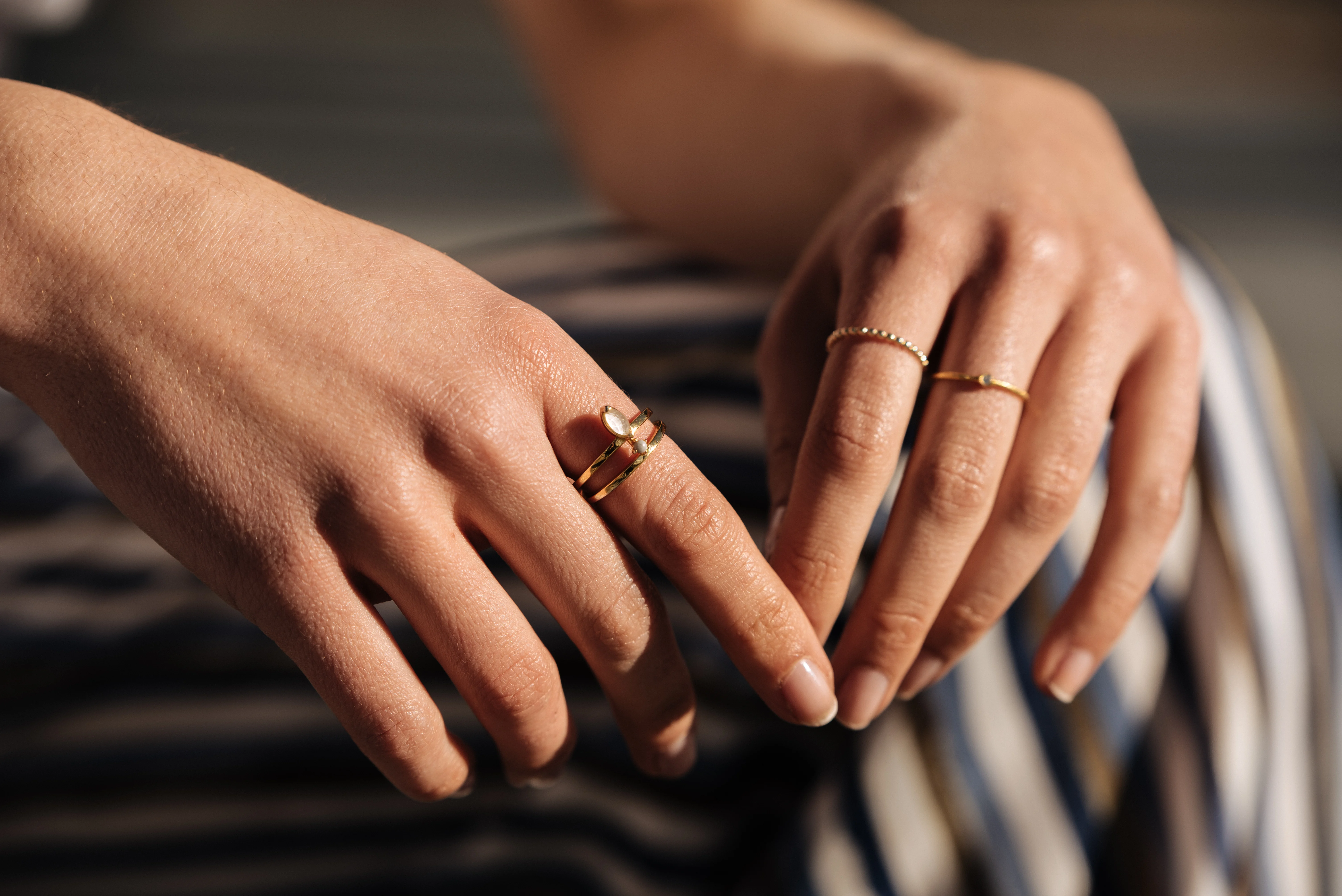
Hand Rejuvenation
Turn back the clock on aging hands with treatments that restore volume, improve skin texture, and reduce visible veins and spots.

Dermal Fillers (Juvéderm, Restylane)
Smooth lines, restore volume, and enhance facial contours with expertly placed fillers tailored to your natural features.










